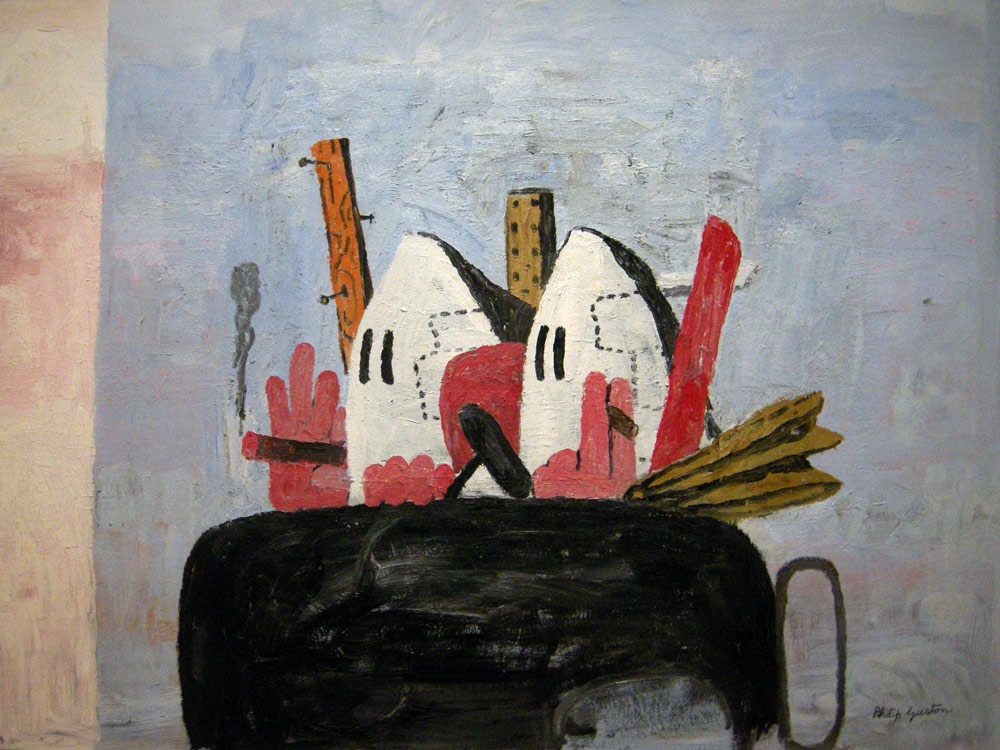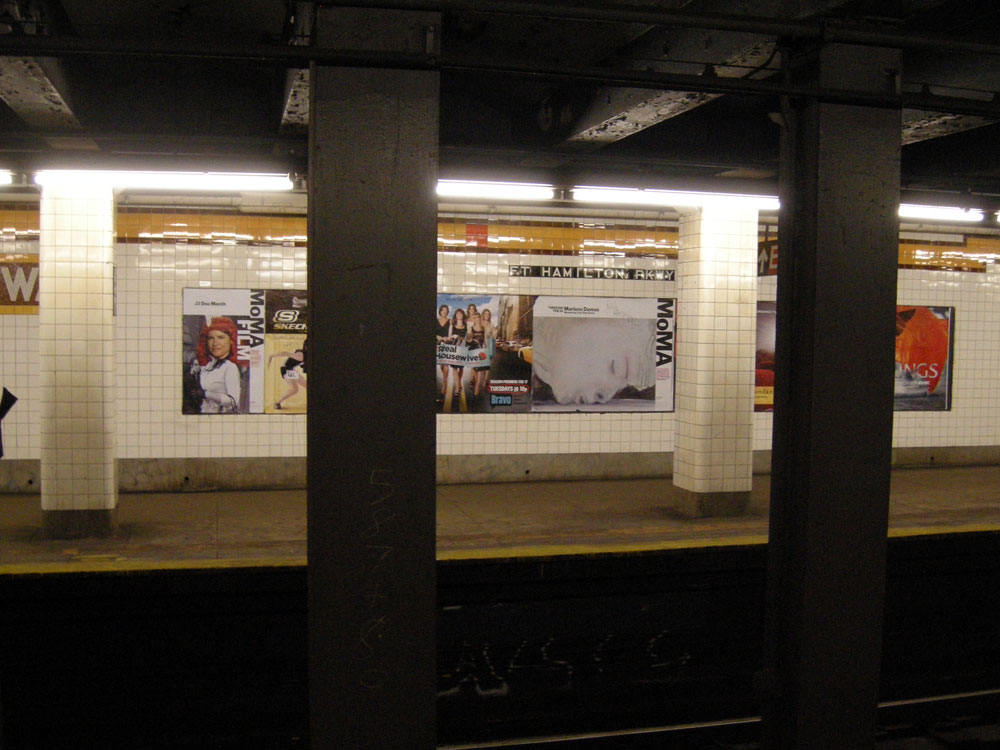
A note written on the back of a business card next to a full pot of coffee read “Out for bagels, Be back soon.” I hadn’t even finished my PopWars entry when Duane returned with a brown bag full. He got on his computer in the back room and told me I had some of the best typos on my blog. I had written “we opened the widow” in that morning’s post. I can’t spell and I depend on spellcheck so I often use the wrong word because, hey, it doesn’t have a red line under it.
We are not members of MoMA so we had to wait until Sunday to see the “German Expressionism”show when it opened to the public. The museum’s staff staged a dramatic presentation of these powerful, graphic works, mostly prints but some paintings, mounted on grey walls interspersed with deep red, yellow green and mustard sections with the usually offending curator’s notes on colors to match the walls. These details are important in a show with 250 mostly small, mostly black and white works on paper. They come off with a bang.
Otto Dix’s “The War” etchings filled a red wall with updated versions of Goya’s “Disasters of War.” Max Beckman’s 1917 painting, “Descent From The Cross” uses Christ’s crucifixion as a metaphor for war. Kathie Kollowitz’s heart wrenching woodcuts from her series called “War” stand as a timeless display of the emotional costs of war. If they were as powerful as they look we would all learn something from them before heading off to war. None of this work is as grizzly as I’ve made it out to be. Nolde, Egon and Kirchner, all giants of German Expressionism, have a masterly ability to cut to the chase.
We had looked a the “MoMA Abstract Expressionism” iPad app so many times I felt as though we had already seen the show but nothing can prepare you for the impact of these monumental paintings in the flesh. Kline, Motherwell, Rothko, Newman, Pollack, Gottlieb and Guston transformed the art world in the last century and their impact is still being felt.
1 Comment
